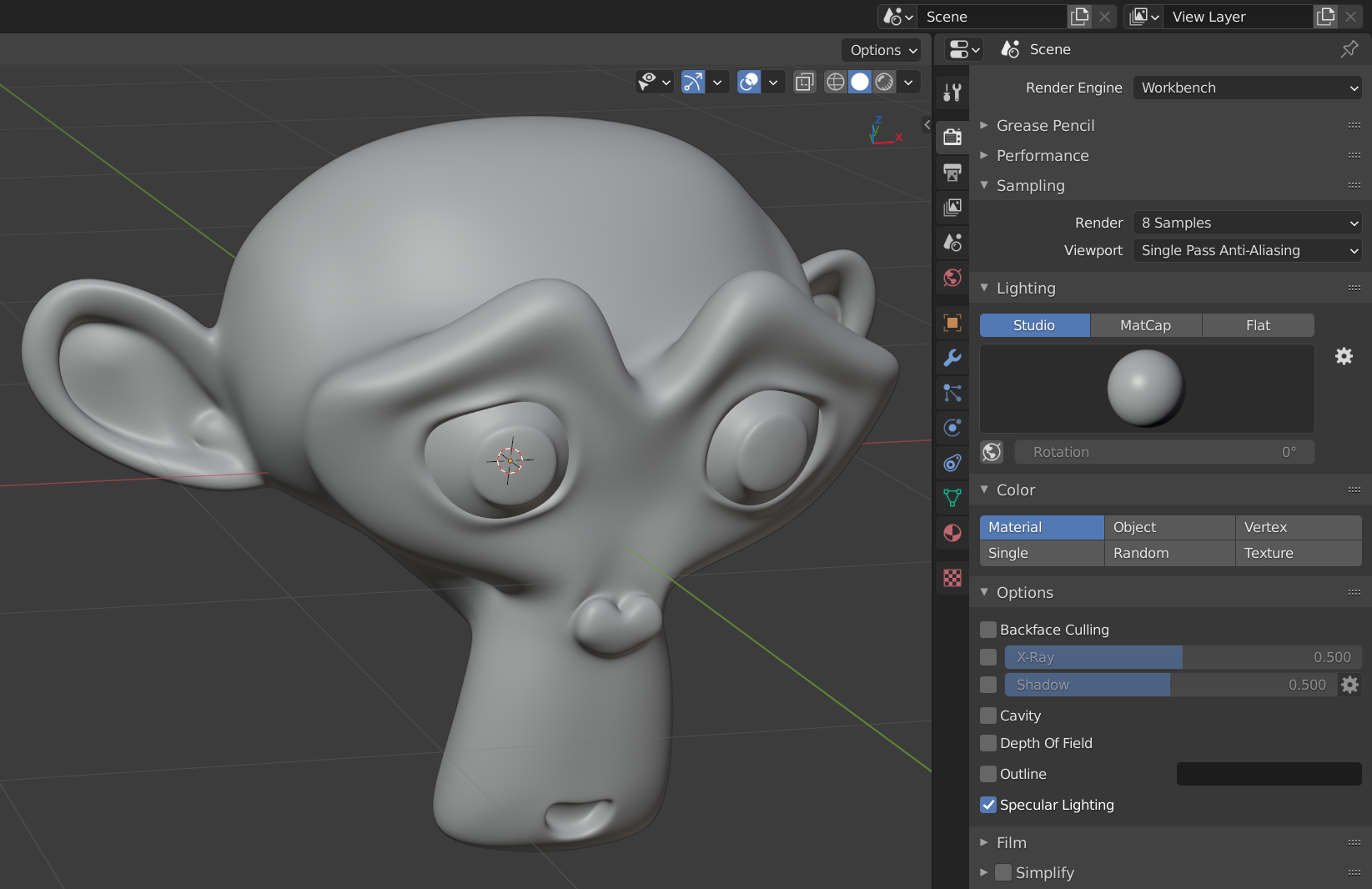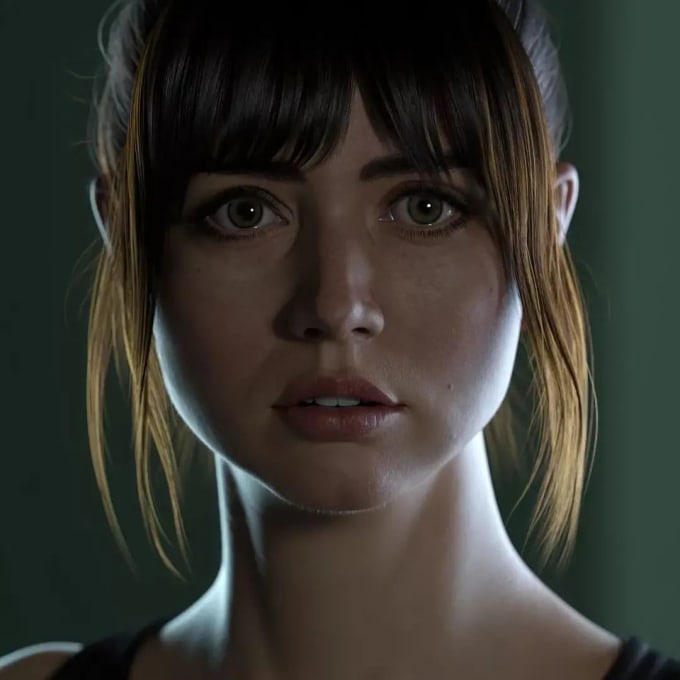
- #Blender software realistic how to#
- #Blender software realistic pro#
- #Blender software realistic professional#
However be careful not to overdo this or your scene may appear miniature in size to the viewer. It adds realism whilst also allowing you to point your viewer to a certain element by focusing on it. It is both a camera flaw and a creative tool. It's when objects in the foreground or background become blurry. This is probably the most obvious effect.
#Blender software realistic pro#
But again, pro photographers eliminate this in post production, so use it only when necessary.įinally you have Focal Blur (aka Depth of Field of DoF). You can create this in blender using the Lens Distortion node in the compositor, and increasing the amount of Distortion. Upon first sight you may miss it, but if you drew a line from top to bottom (as I have done here) you can see that the wall is indeed bending outwards. It's most noticeable when looking at the wall of this building. Well build the environment by sculpting and using the ANT Landscape add-on.
#Blender software realistic how to#
This is a very subtle camera flaw that slightly bends the images outwards, creating unstraight lines. In this Blender tutorial, well learn how to create a realistic environment.
#Blender software realistic professional#
Note: Professional photographers go to great lengths to eliminate Chromatic Aberration, so if you want your scene to look professionally shot, skip this.Īnother key camera flaw is Barrel Distortion. You can add this in blender by using a Lens Distortion node in the compositor and increasing the Dispersion amount. It's most prevalent when high contrast areas clash with low constrast areas, and is also more obvious in cheaper cameras. This is a rather ugly camera flaw that creates a red/blue outline around objects in the photograph. Look at real photographs to determine how much flare to use. It's one of the more fun aspects of post-processing and quite a few artists go overboard with it. The first is the very obvious sunflare, that occurs naturally in cameras when light bounces around the internal components of the camera. Looking at this image you can see several camera flaws. The final step for matching a cg image with a photo is adding the appropriate amount of post processing. This means that a glossy map is necessary to get a good level of realism. You'll notice that there is a subtle amount of bump, but more importantly, some portions of the seaweed are shinier that others.

Next let's look at the piece of seaweed on the right. Unfortunately this feature isn't in Cycles yet, but it's planned for 2.65-2.67. To recreate this in blender you'll need to use SSS (SubSurface Scattering).

This is due to the light dispersing as it passes through the flesh of the fish. Also notice that the towards the bottom of the fish, it gets darker. However it has a very fine level of bump, so a high resolution custom bump map will be perfect. Looking at the pink piece of fish on the left you can see that the entire surface is very wet (making a glossy map unnecessary). This is because the properties of food materials are complex and hard to make it look life like. According to Pixar, when making Ratatouille, the food was one of the biggest challenges.


 0 kommentar(er)
0 kommentar(er)
